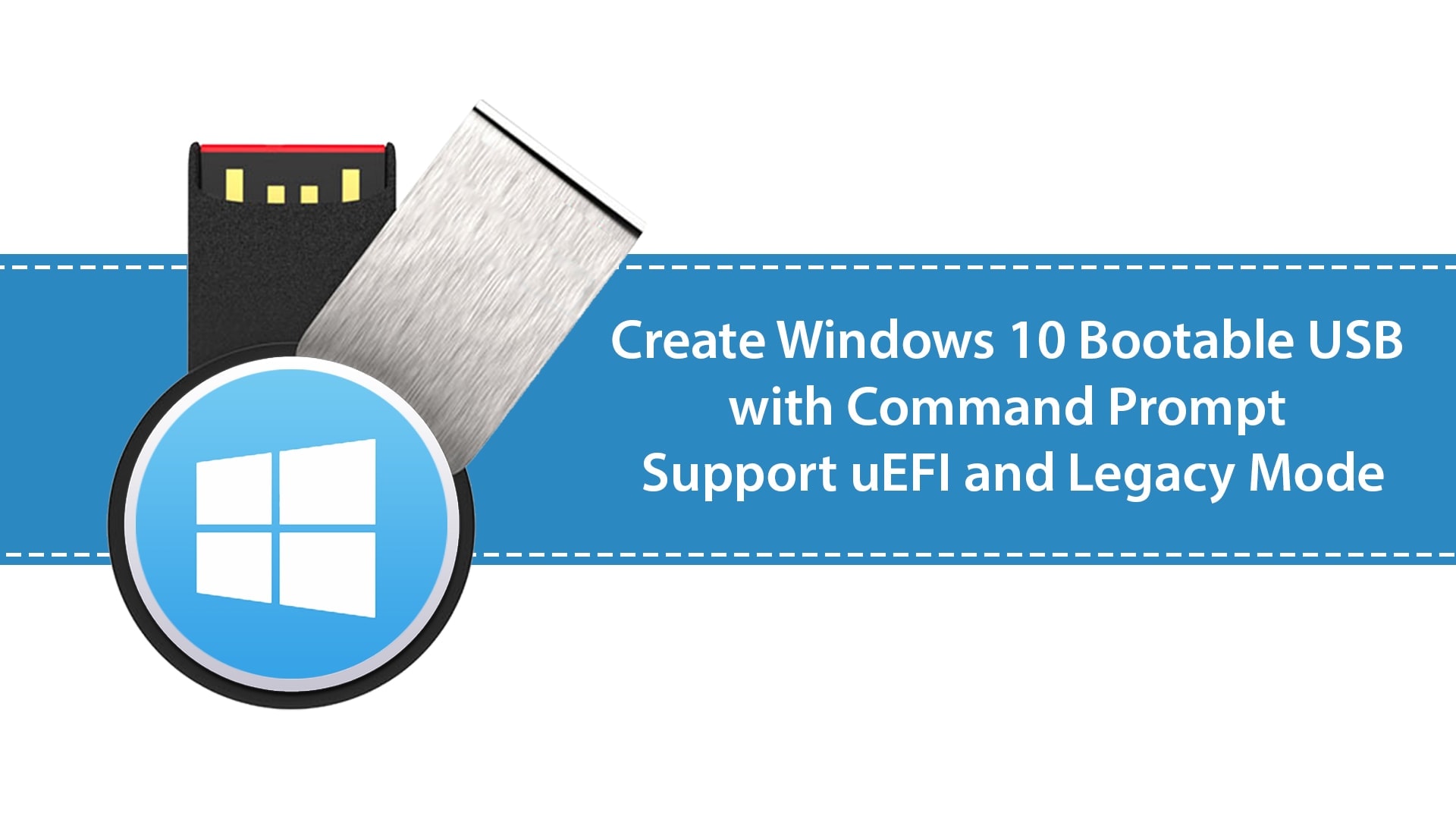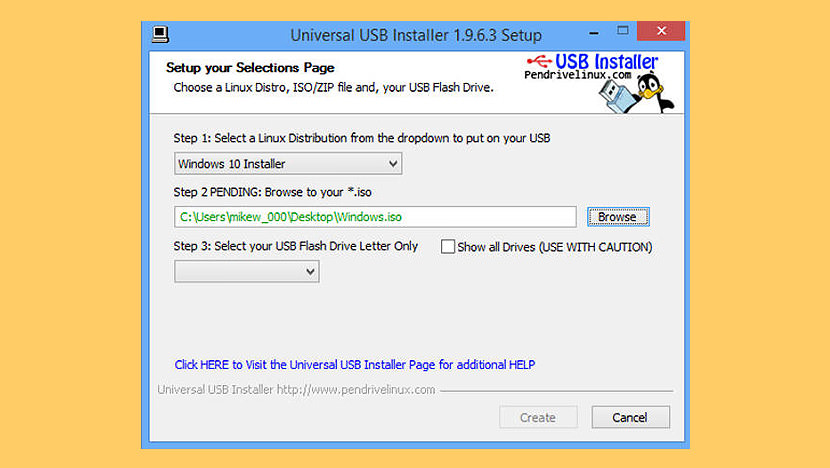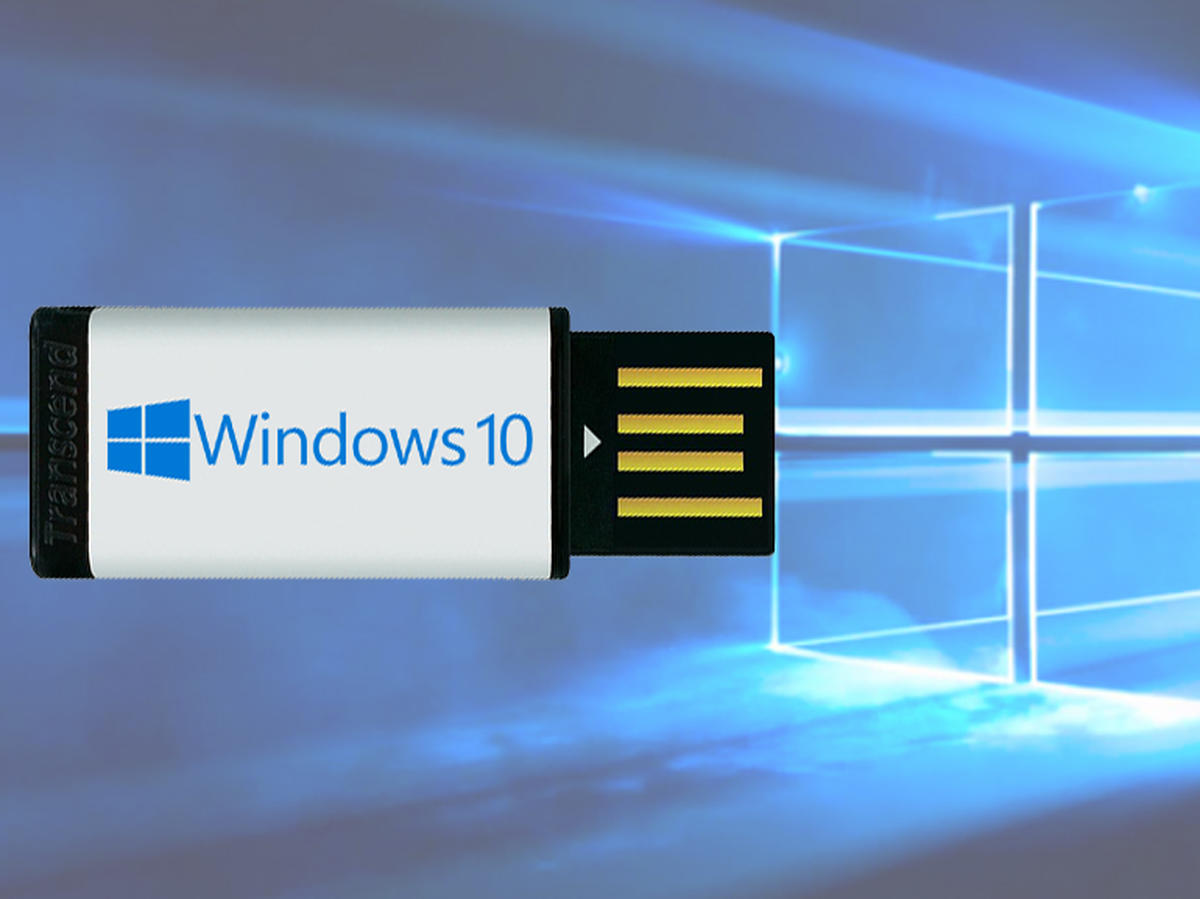

Split the Windows image file into smaller files, and put the smaller files onto the USB drive: Dism /Split-Image /ImageFile:D:\sources\install.wim /SWMFile:E:\sources\install. If your image is larger than the filesize limit:Ĭopy everything except the Windows image file (sources\install.wim) to the USB drive (either drag and drop, or use this command, where D: is the mounted ISO and E: is the USB flash drive.) robocopy D: E: /s /max:3800000000 Windows USB install drives are formatted as FAT32, which has a 4GB filesize limit. Follow the instructions to install Windows. Select the option that boots the PC from the USB flash drive. Turn on the PC and press the key that opens the boot-device selection menu for the computer, such as the Esc/F10/F12 keys. For more information, see Automate Windows Setup. Optional: add an unattend file to automate the installation process. Rufus When it comes to the best USB bootable tools, nothing seems to beat Rufus. When you see the Press any key to boot from CD or DVD message, you need to press a key to boot from the disc. This software can create Windows or Linux ISO on a USB device.


Press Command + Space to open Spotlight and type in Disk Utility to open. Step 2: Insert the Windows 7 system repair disc into your disc drive. Use Disk Utility to create a bootable USB on Mac Plug the USB drive into your Mac. Use File Explorer to copy and paste the entire contents of the Windows product DVD or ISO to the USB flash drive. Step 1: Change the boot order in the BIOS so that the CD, DVD, or Blu-ray drive is listed first. Step 2 - Copy Windows Setup to the USB flash drive If Mark Partition as Active isn't available, you can instead use diskpart to select the partition and mark it active.


 0 kommentar(er)
0 kommentar(er)
